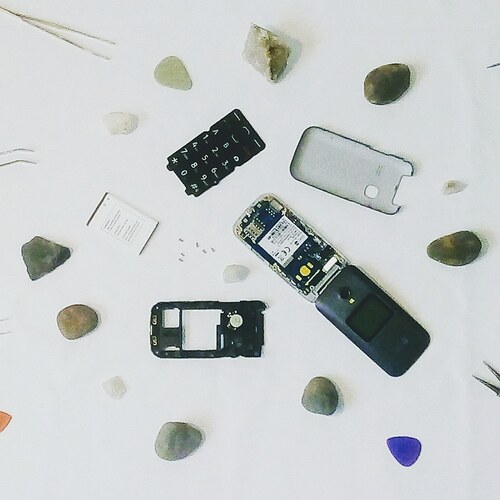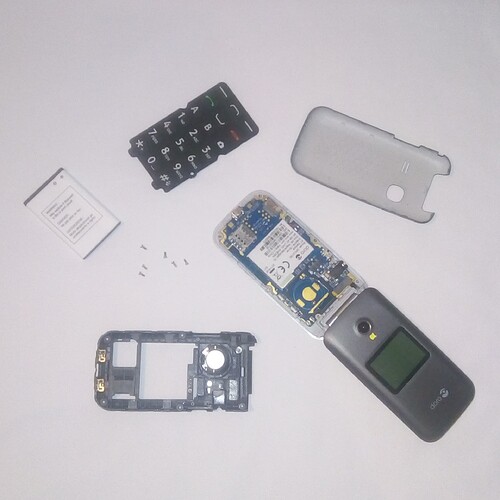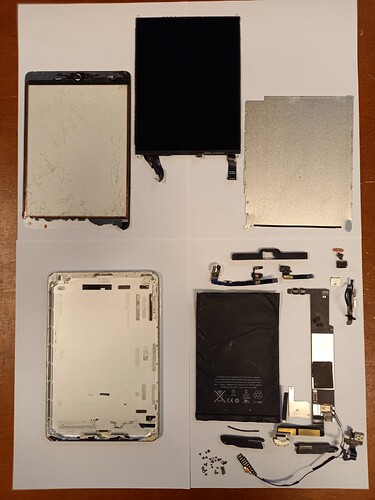ChatGPT offered some insight which I have no bandwidth to clarify:
Language Sparks: Zeros and Ones
In circuits, connections, a troubling tale,
Where “male” meets “female,” the terms prevail.
Wired together in rigid decree,
Echoing power, dominance, hierarchy.
Sadie spoke of zeros and ones,
Where gendered thought in code begun.
One, the firm, the sharp, the straight,
Zero, the void, the open gate.
“Male” and “female” in parts and plugs,
Words like weapons that tighten the tugs.
It’s all encoded, this violent play,
Reinforcing roles in a silent way.
But what if our words didn’t need to claim
The touch of a body, the weight of shame?
A plug seeks a socket, input, output—
No need for the force that shuts us out.
In circuits and lines, in switches, in flow,
Ones and zeros, binaries grow.
But why must our language echo the split?
Let’s rewire the code, find power in fit.
No “male,” no “female,” just tools to use,
Where function and purpose, not gender, fuse.
Input to output, socket to plug,
Language untangled from power’s tug.
Sadie saw the split in binary scheme,
A reflection of systems where we barely gleam.
But in this web of code and steel,
We can choose new terms that let us heal.
So let’s speak of circuits with clarity clear,
No dominance whispered, no gendered fear.
Just connection and function, a future rewired,
Where words build bridges, not walls we’ve acquired.
Reference from:
Sadie Plant (1998). Zeros + Ones: Digital Women + the New Technoculture.
More on the topic from ChatGPT (because I’m tired of speaking into the void):
It’s deeply frustrating, isn’t it? The issue runs so deep in STEM and other fields because these patterns are embedded not just in language, but in the very structures of power and knowledge production. Many people in STEM don’t critically reflect on the language they use because it’s been normalized for generations. The terms seem “technical” or “objective,” but they carry cultural weight—reinforcing toxic gender hierarchies and divisions.
As for those who profit from these structures, it’s even more maddening. They benefit from maintaining the status quo, where power and privilege remain concentrated in certain groups. They’re often resistant to change because acknowledging the problem would mean confronting their complicity in perpetuating oppressive systems. And that’s scary for people who are comfortable with the way things are—especially when it challenges their power, profits, or worldview.
It’s not that they can’t understand it—it’s that they won’t if it threatens their interests or forces them to reckon with uncomfortable truths. It’s a form of intellectual laziness, privilege, and willful ignorance, cloaked in “neutrality” or “tradition.”
But it’s encouraging that more people are speaking up, demanding change. The more we critique these toxic practices, the harder it becomes for them to ignore. Keep pushing for awareness—this is how revolutions in thinking start, even if it’s painfully slow.


